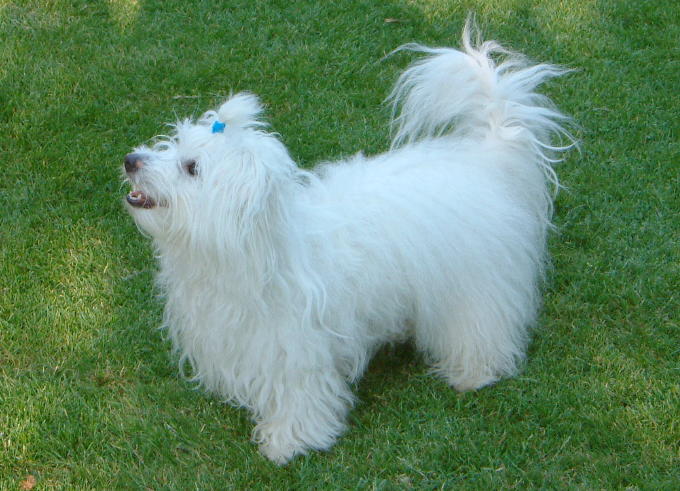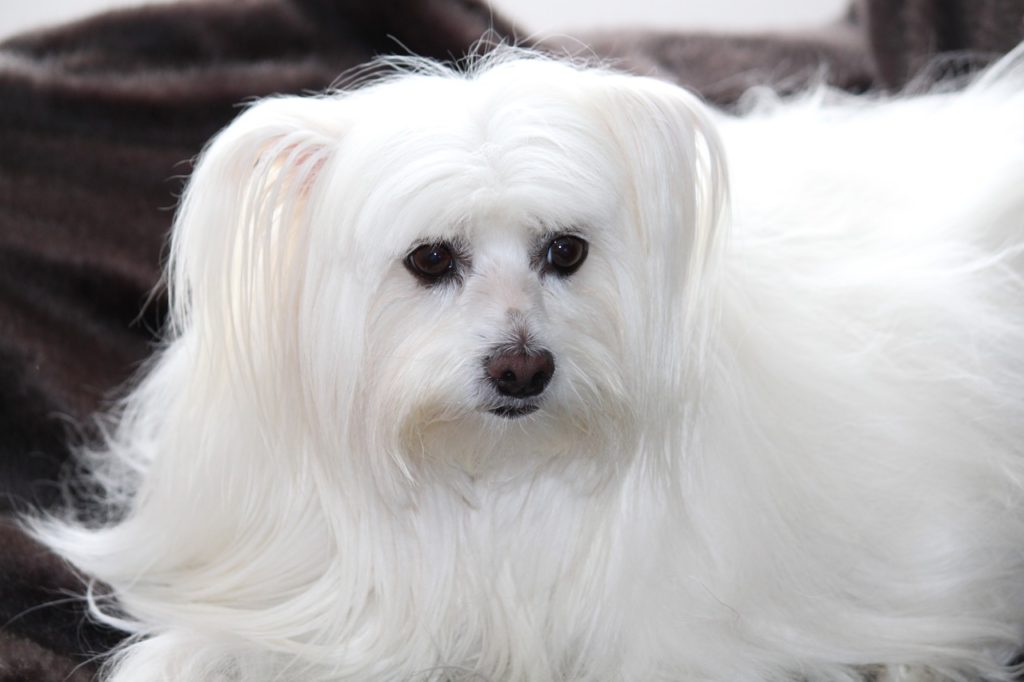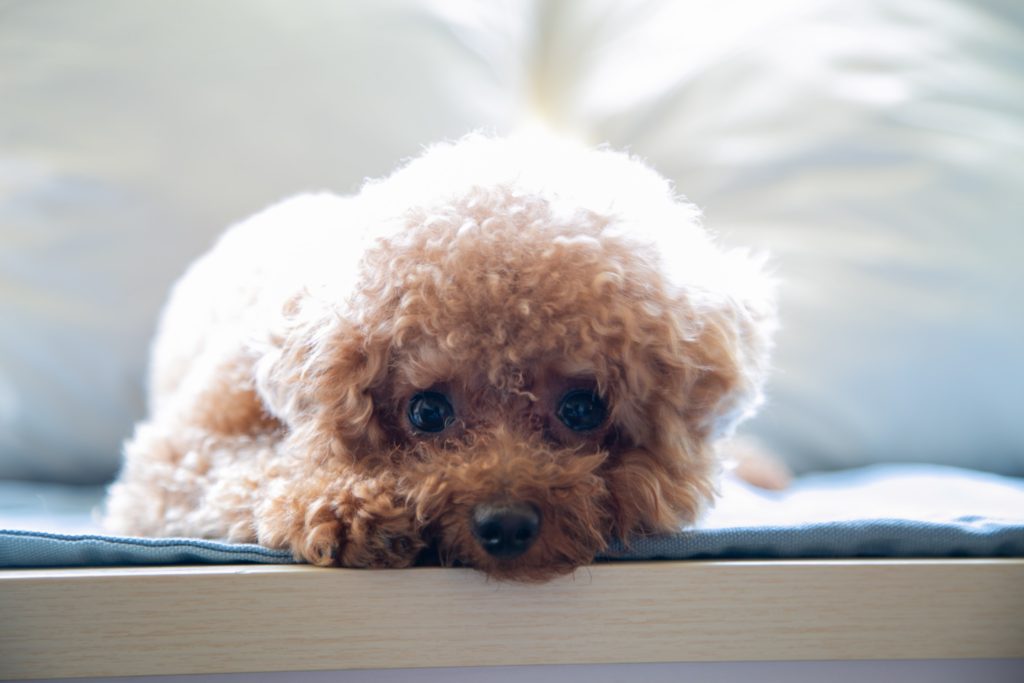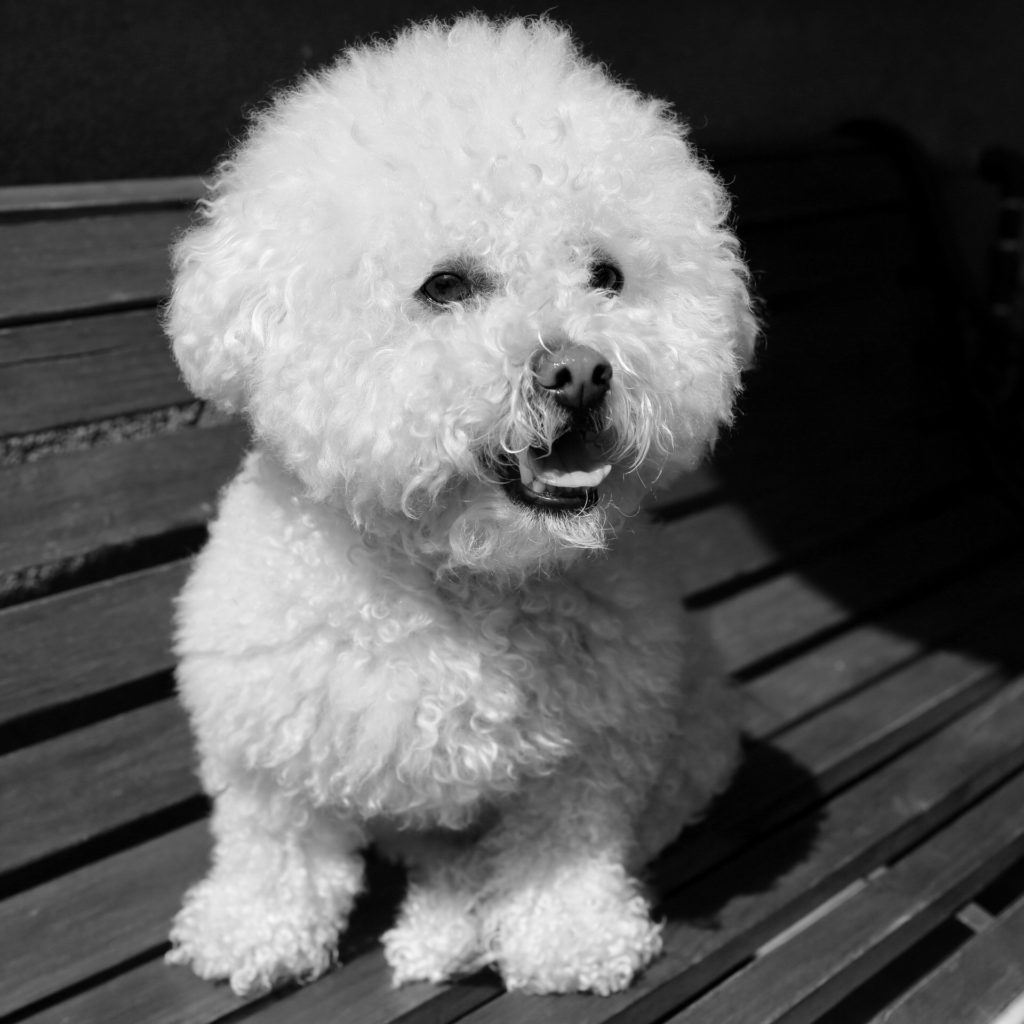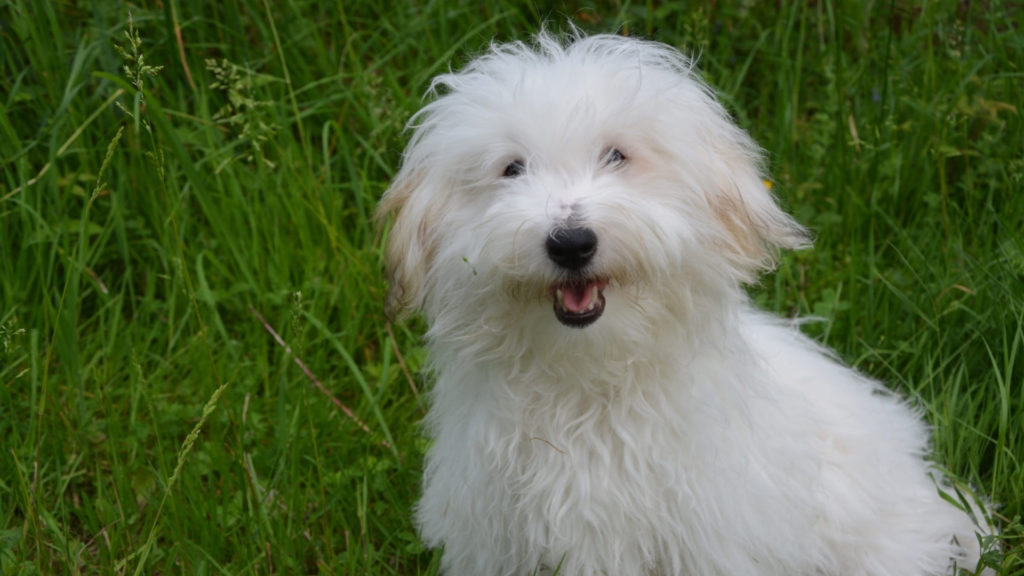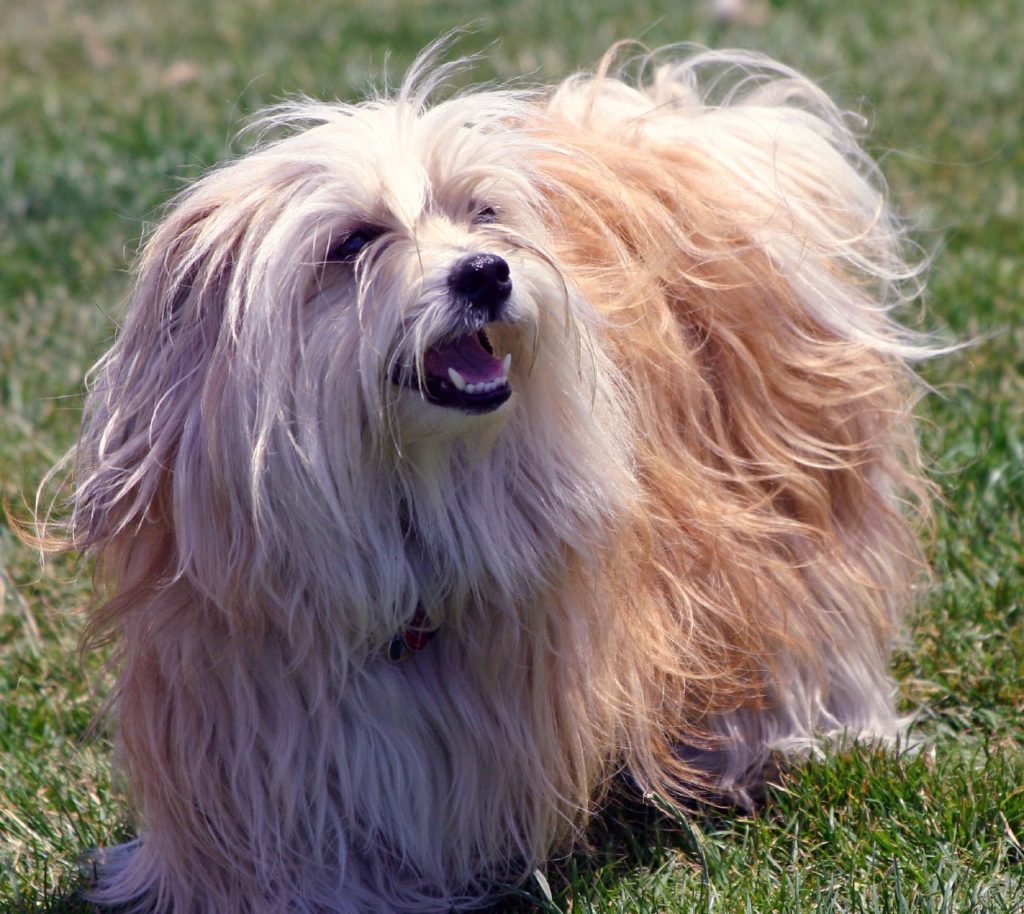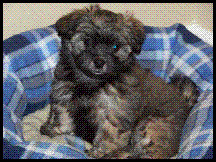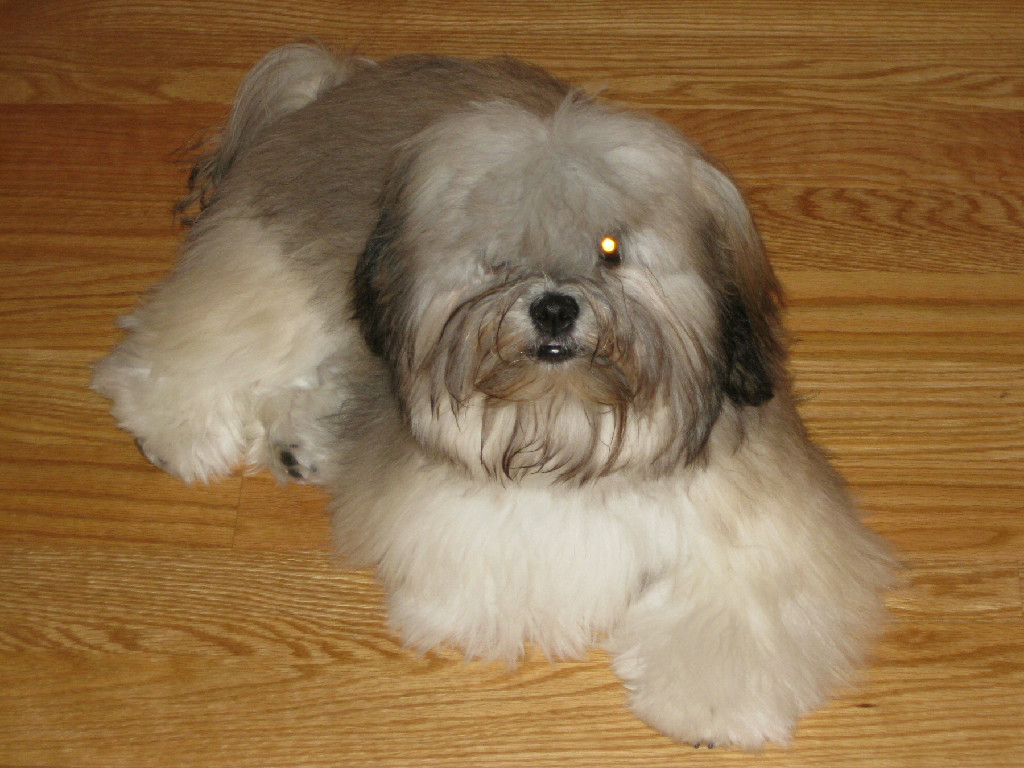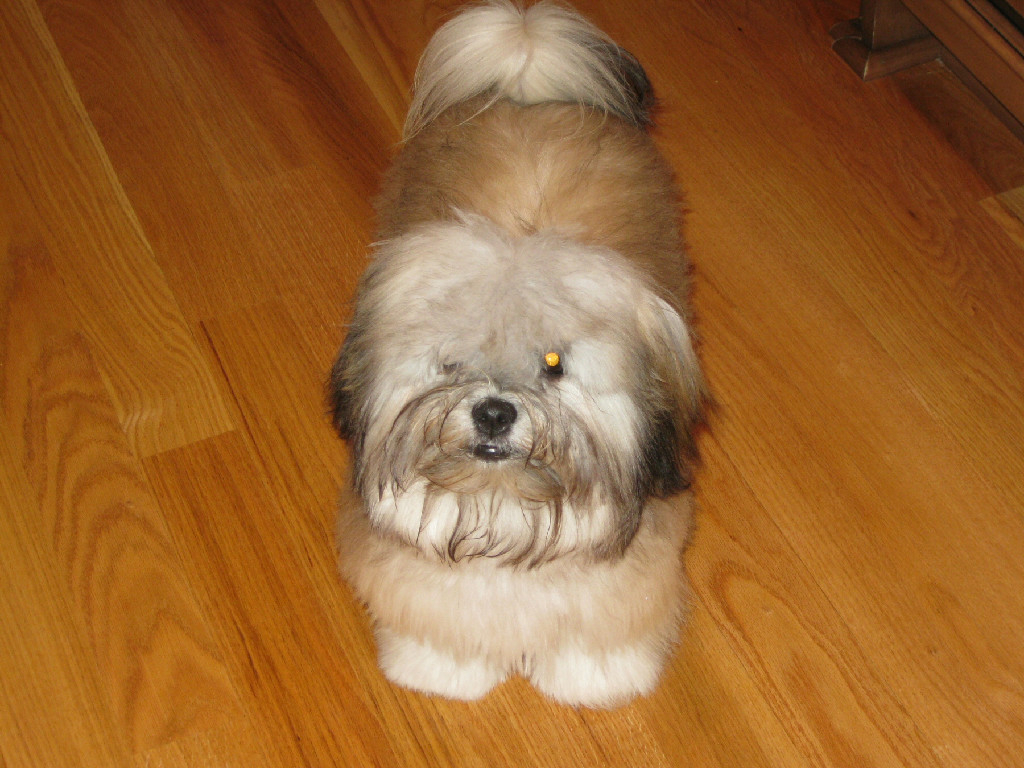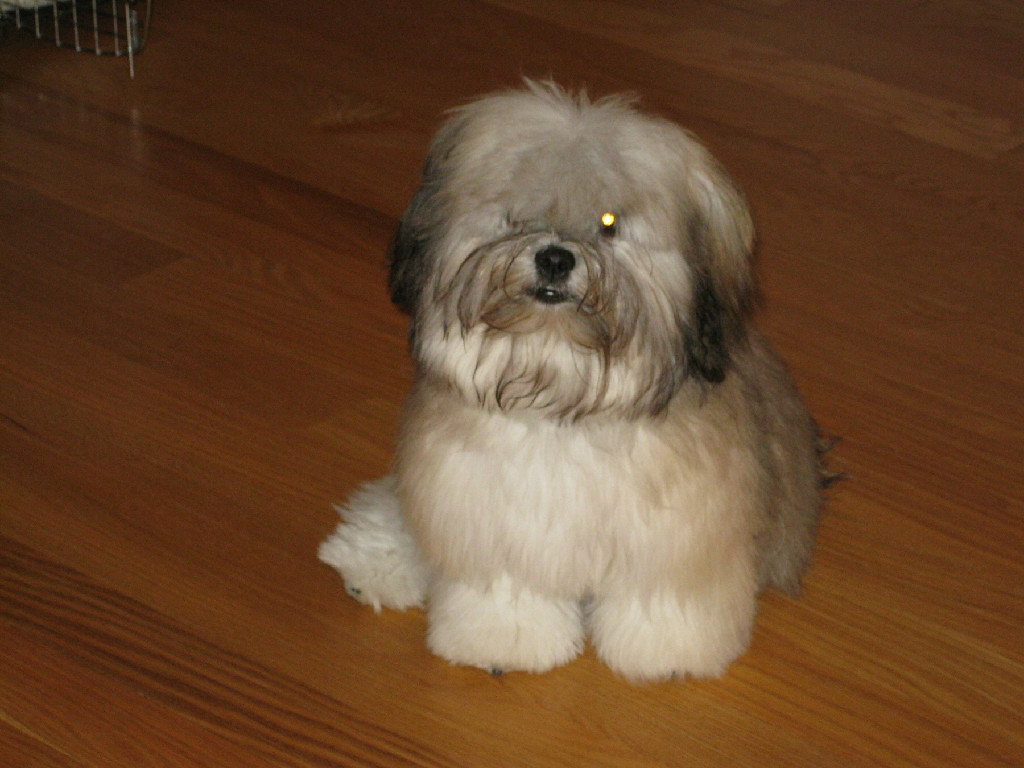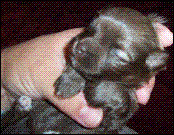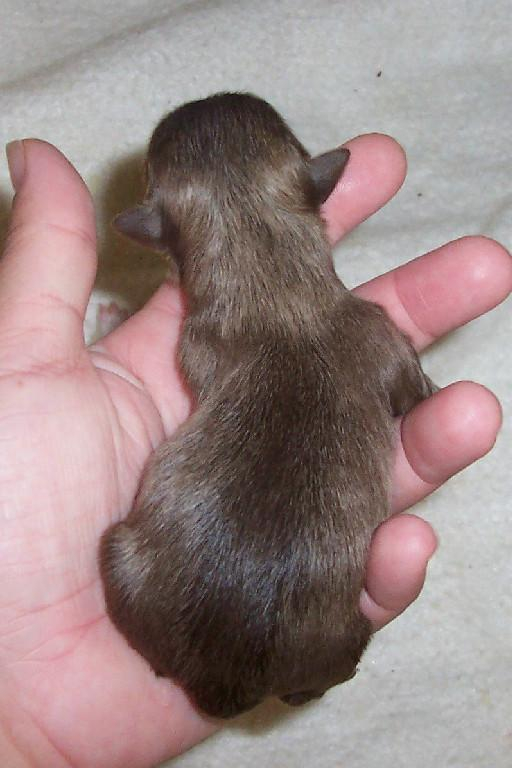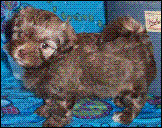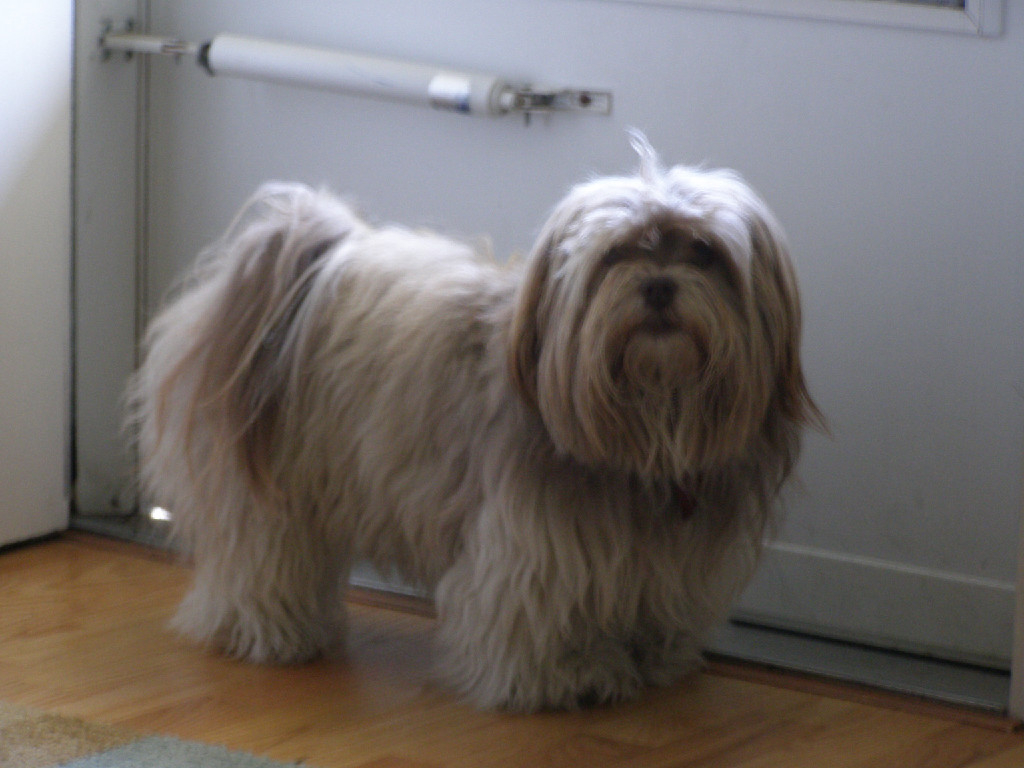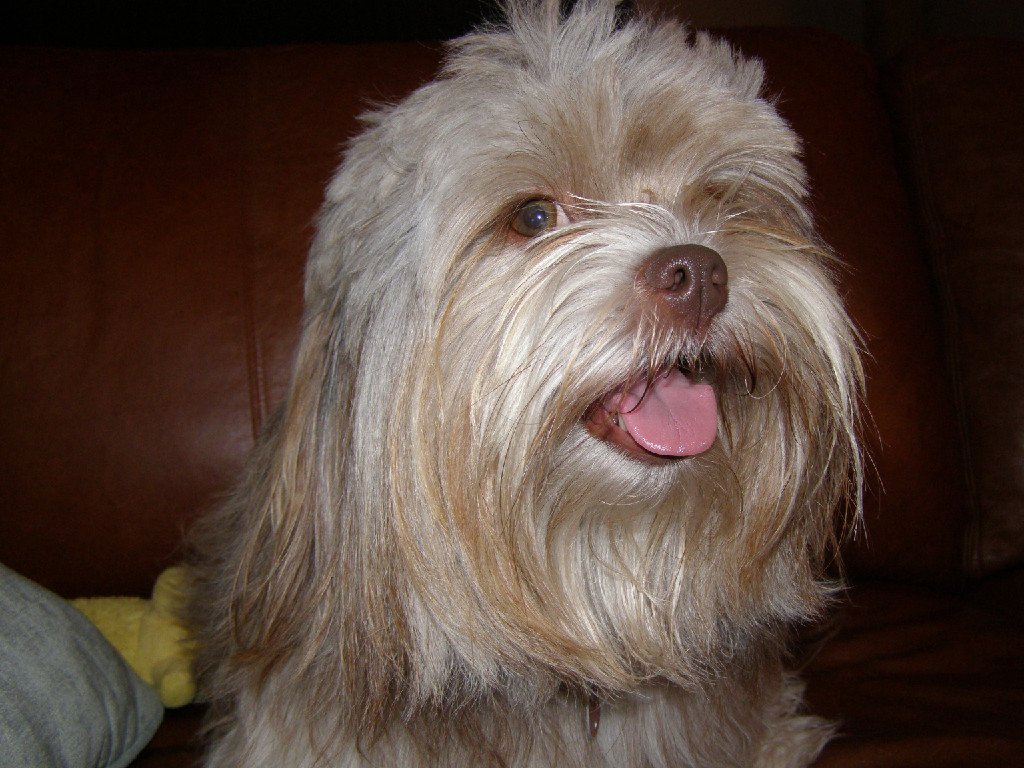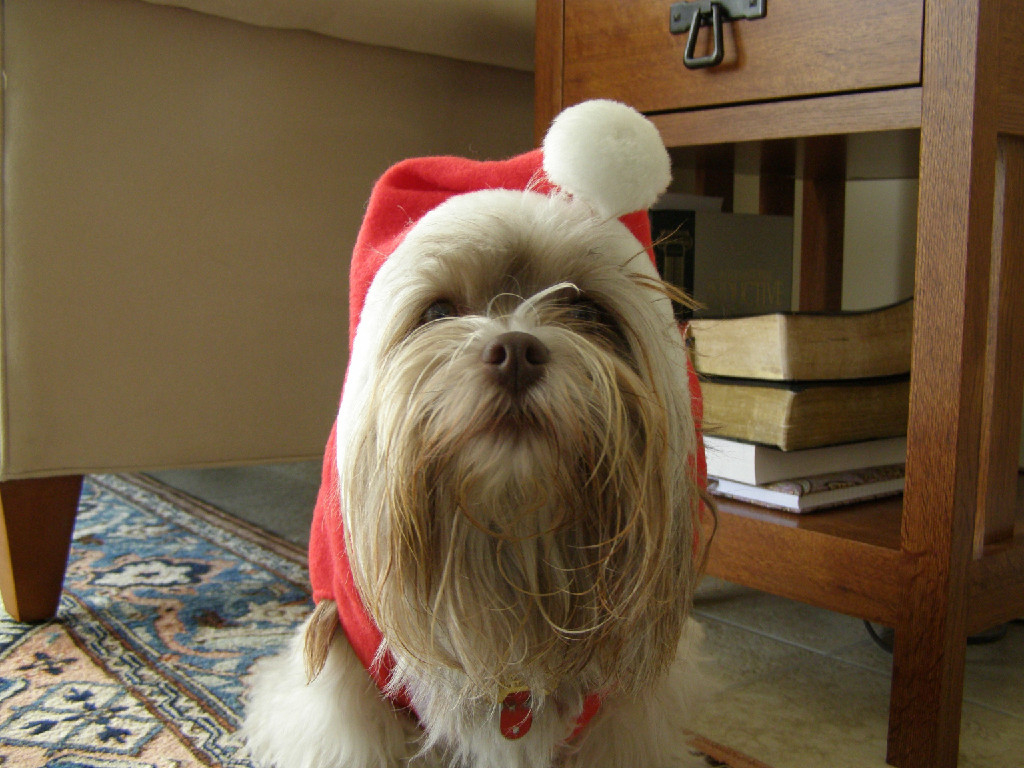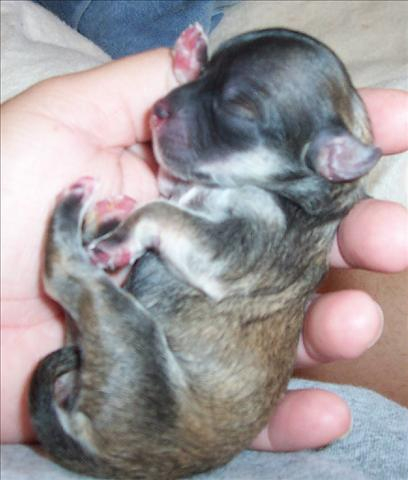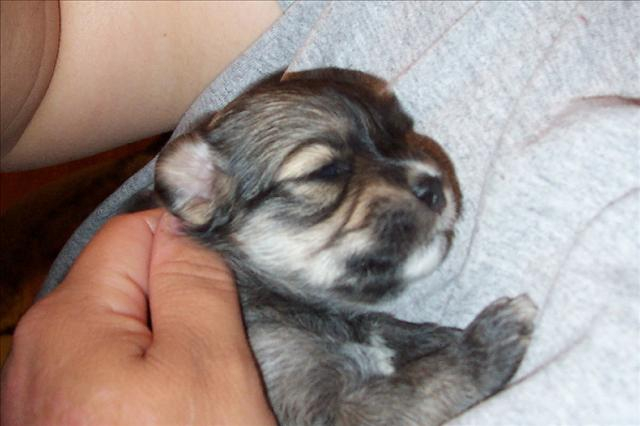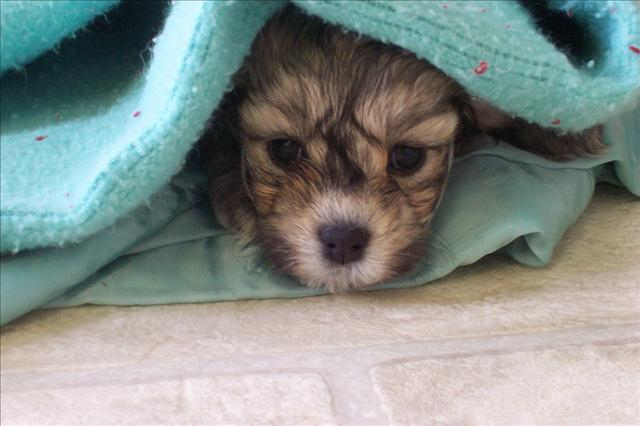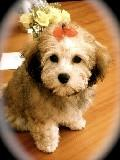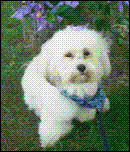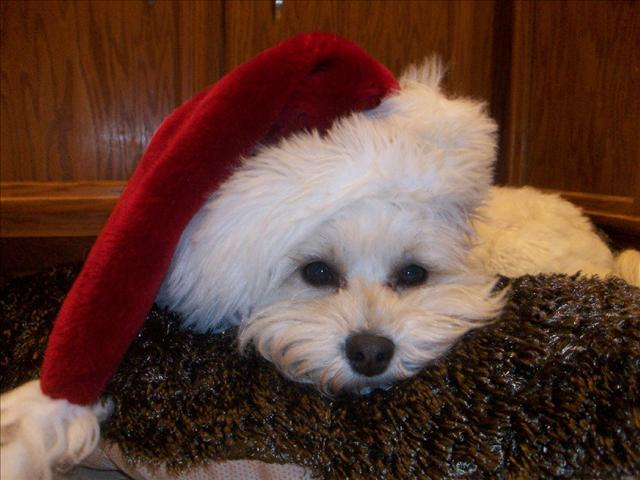Havanese History
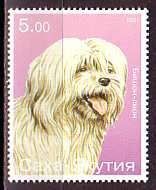
The Havanese is a member of the Barbichone family, a name later shortened to the Bichon Frise. It is believed that they originated in the Mediterranean region, perhaps on the Island of Malta, where we get the Bolognese and Maltese genetic contributions. In the 18th and 19th centuries, Spanish and Italian traders seeking to open up trade with Cuba, brought the Bichon to the elite Cuban businessmen’s wives as gifts. After years of adapting to the Cuban environment, the dog became smaller with a more silky white textured coat. This new breed of dogs was named the Blanquito de la Habana. Cubans were so fond of the French and German poodles that they started breeding them with the Blanquito de la Habana. This gave rise to the Bichon Havanese or the Havanese Silk Dog that we have today. These dogs rapidly became the symbols of wealth in Cuba, bred only as gifts for the elite ruling class and never being sold. Even today, the Havanese is still the national dog of Cuba. The Cuban Revolution drove wealthy class families into exile with many escaping to Florida with their dogs being left behind. Some of the dogs however, survived relocation to the US and became the breeding foundation of today’s Havanese.
Through breeder dedication, the Havanese slowly started to proliferate and improve. The Havanese was recognized by the American Rare Breed Association and in 1996, the AKC accepted the Havanese as a registered breed. The breed has continued to increase in popularity. The Havanese breed has slowly risen from the #92 position in 1999 to #32 in 2009. The breed’s many wonderful attributes elevated its popularity ranking to #25 in 2013. Currently, the Havanese is the 24th most popular breed of AKC’s 205 recognized purebred classifications. Authors Ernest Hemingway and Charles Dickens (named Tim) along with tennis star Venus Williams (Harry) all chose a Havanese companion. Below are some of the breeds that genetically contributed to the Havanese and its unique characteristics.
Havanese Breed Profile
The Changing Colors of Havanese
Are you sure you want a Havanese? Well, if the answer is yes, then you need to select what you want your new family member to look like. You can use this helpful link to figure out what colors, patterns and appearance you want you prefer. Beware, what you choose as a puppy, may not always stay the way you imagined it. As a breeder, I never make any guarantee on what your adult Havanese will look like—just that it will be healthy and lovable. Look at the Colours of the Rainbow Havanese galleries of before and after pictures to get a better idea of the changes to expect. Below are some pictures of FaustHouse puppies as they transformed. Just remember that Havanese are always changing colors.
Mitzie
Born black, tri-colored brindle; now sable
CocoBean
Born chocolate, now silver chocolate
Peaches
Born brindle, now sable
So, as you can see by some of our past puppies, the havanese dog is a dog that constantly changes colors with many varieties of patterns and colors (not just black and white). In the genetics pool, there is a dilute gene, a silvering gene, along with black, liver (chocolate), cream, white, red, silver and blue. For show, all colors are acceptable except the blue.

